A woodcut is a printing relief process in which the image or design is cut from a woodblock.
Process
A block is a material carved into a design for relief printmaking. The woodblock is generally made from the plank side of a relatively soft wood.
A gouge is a tool used to carve a block for relief printing. It may have a "V" or a "U" shaped end.
Blocks may be used as a stamp by hand. A bed refers to the flat surface of a printing press on which the block or plate is laid.
Methods
A Japanese Woodblock (Mokuhanga) is a type of relief printmaking that brushes ink up a woodblock with watercolor paint and nori paste. Images are printed onto dampened paper in layers, often registered using kento marks.
A Brief History
Woodcuts are the oldest relief printing method, introduced during the Middle Ages in Europe.
Hans Holbein the Younger and Albrecht Durer were among the talented early users. The process was also developed by later artists such as Paul Gauguin and the Norwegian Edvard Munch, where a plank or long grain of wood is carved to create the relief.
